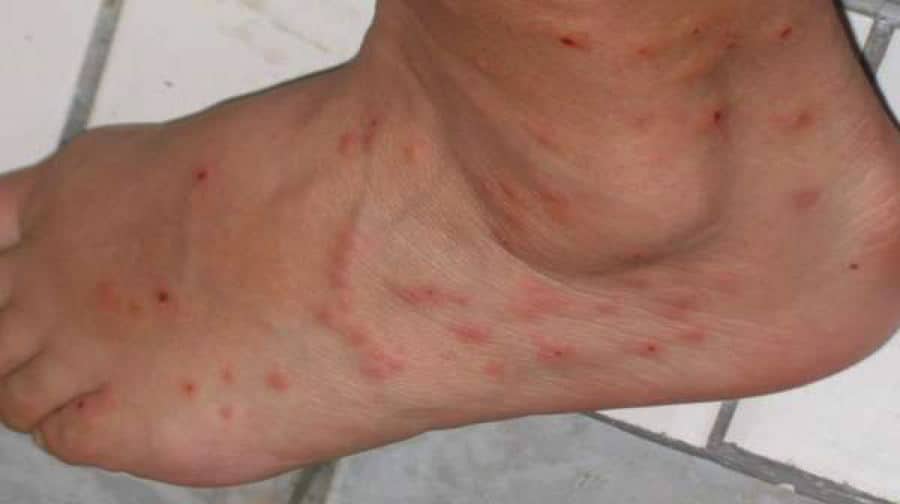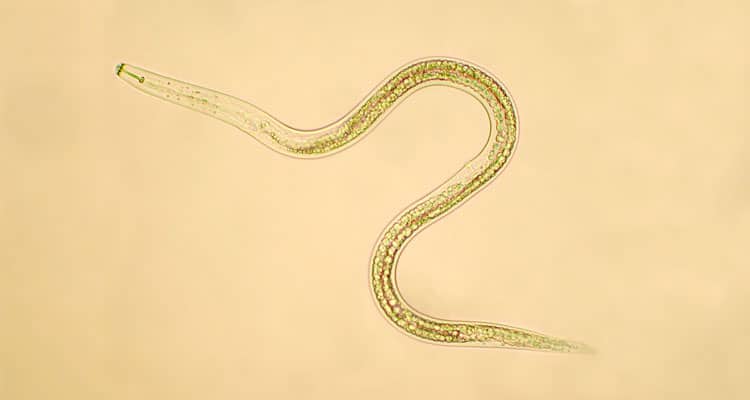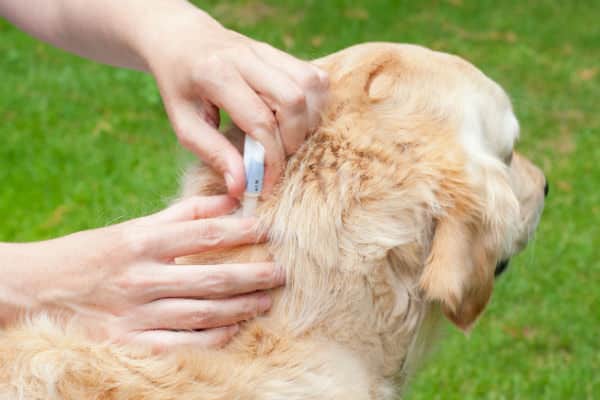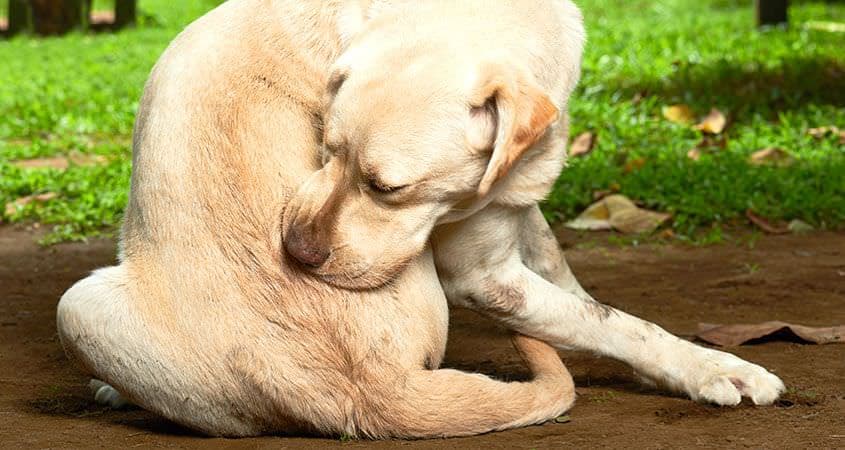Flea Treatment For Kittens: How To Get Rid Of Them Fast
Kittens are adorable furry bundles, guaranteed to melt your heart. It is almost impossible not to fall in love with their little squeaks and tiny paws. Kittens are by their very nature particularly vulnerable at such an early stage of life.
Unfortunately, these cute babies are not spared by the blood-sucking pests we know as fleas. Not only are flea bites painful and irritating, they can also pose a deadly danger to your little one; so it is tremendously important that you know what to do to safely get rid of fleas on your kitten.
In this article, we will tell you all you need to know to keep your beloved fur baby flea free.
How To Get Rid Of Fleas On Kittens
Kittens are not capable of grooming and scratching themselves during the first few weeks, which means it can be difficult to know if something unwelcome is lurking within their fluffy coats.
Luckily, there are some signs which you can look for to see if your kitten has any uninvited guests.
How to Tell If A Kitten has Fleas
The best way to tell if your kitten has fleas is by gently combing through her fur with your fingers or with a fine-tooth flea comb. You can even use a clean toothbrush to do this, which your kitten should enjoy. You need to look out for any tiny black/brown specks which will rapidly scurry through the fur to avoid the light. You may even see them leap away as soon as they are uncovered.
As well as live fleas, you should keep an eye out for flea waste, known as “flea dirt”. This presents as little black specks, rather like black pepper, which do not move when exposed. This is a sure sign that your kitten has some unwelcome lodgers.
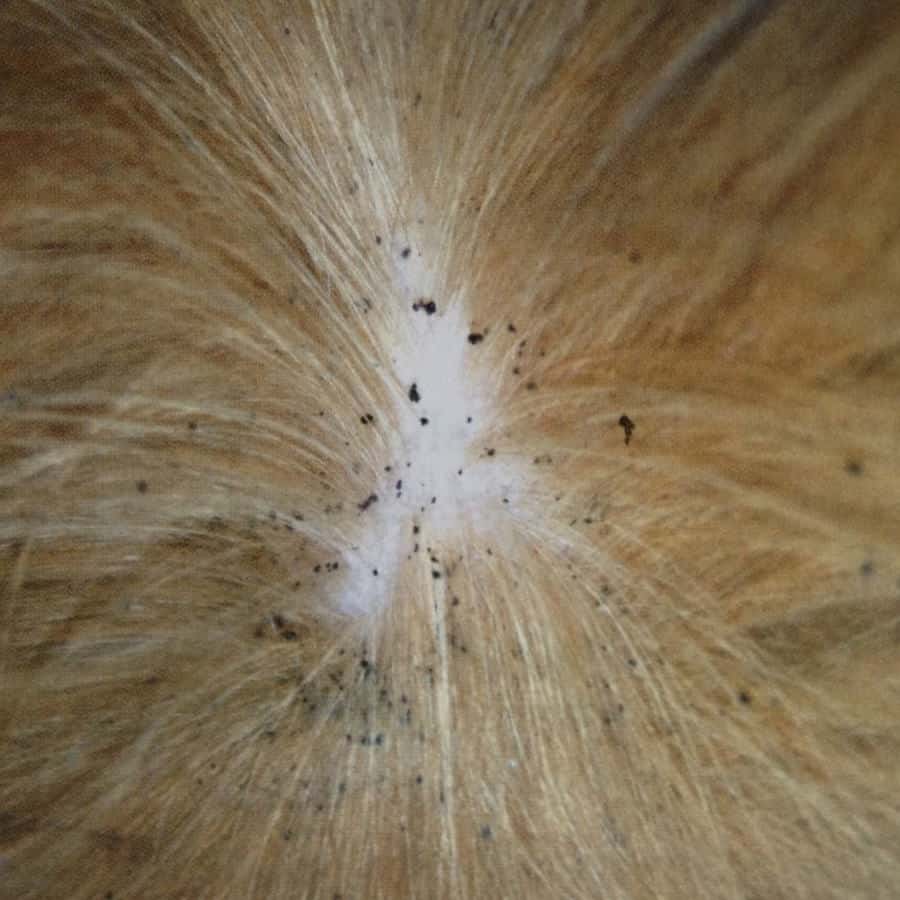
If you see any of the above signs that your kitten has fleas – it is crucial that you act to treat the infestation immediately. Fleas can be very dangerous to a kittens health. If they are very young, a flea infestation could even be deadly – so don’t delay!
How Has My Kitten Caught Fleas?
Just because your kitten may have not yet ventured outdoors, this doesn’t mean that they are not at risk of catching fleas. These blood-sucking parasites can find their way into your home from outdoors on your clothing, within furniture, fabrics, other pets or upon the mother cat herself.
Fleas are famous for their ability to leap great distances in comparison to their size. If they are habituating your yard or the spaces outside your home, they can find their way inside on their own looking for a host.
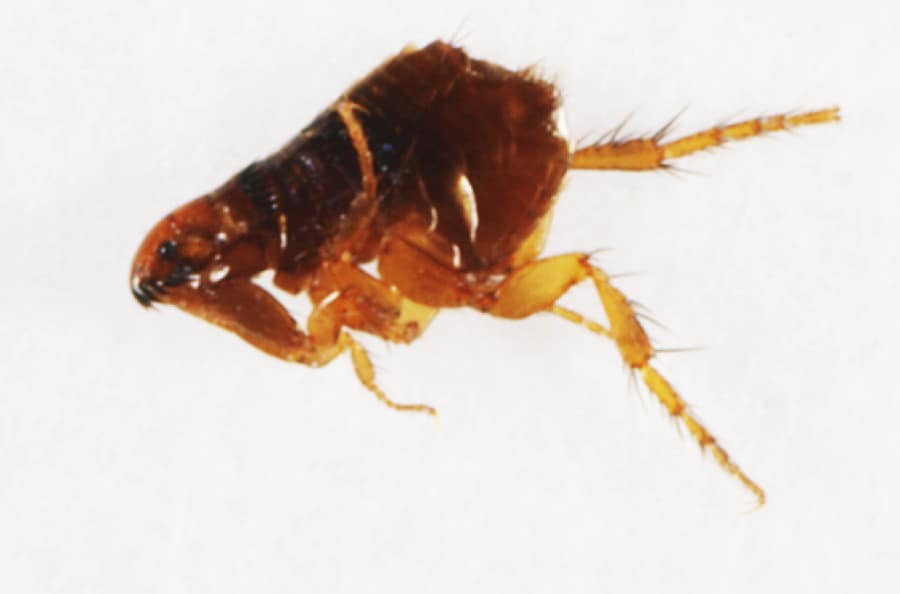
Once they get inside, it will be no time at all before they leap onto your kitten and start to feed.
How To Get Rid Of Fleas On Kittens Under 8 Weeks
For very young kittens, fleas can be dangerous. Not only do the parasites themselves pose a risk to life; chemical flea treatments for adult cats can also be deadly to your kitten.
Because young kittens are very sensitive, it is always recommended to have a chat with your vet before treating your kitten for fleas. They may be able to recommend a new treatment which is safe for use at a young age. However, one thing you can do in the meantime, is give your kitten a flea removal bath.
Kittens are unlikely to enjoy this method, so wear some gloves and recruit someone to help you. It is imperative that your kitten does not become chilled, as this can cause hypothermia which is very dangerous to their survival. Obviously, ensure the water is not too hot either. Make sure the room you bathe your kitten in is warm, otherwise they could lose body heat rapidly when removed from the water.
There are not many commercial flea shampoos that are suitable for very young kittens. A good alternative is a gentle baby shampoo.
- Fill a bowl or bath a few inches deep with warm, not hot, water. Also, fill a separate bucket with warm water ready to rinse later. Have a soft, clean towel nearby.
- Add some baby shampoo to bath water and swill the water to make suds.
- Take your kitten and gently immerse her up to her neck in the water. Be careful not to get water or suds in her nose or eyes.
- Let the water soak into the fur for a couple of minutes.
- Lift your kitten out of the sudsy water and rinse her thoroughly.
- Immediately wrap her in a towel and gently dry her to keep her warm.
- You will likely see some fleas and dirt coming away in the water. Not all of these will drown so you must be careful they do not leap back onto your kitten.
Once the fur has dried, you can use a flea comb to work through the fur and remove any fleas, eggs or dirt which remain on your kitten. Have a bowl of hot soapy water on hand to drop any live fleas into and wash the comb in between brushes.
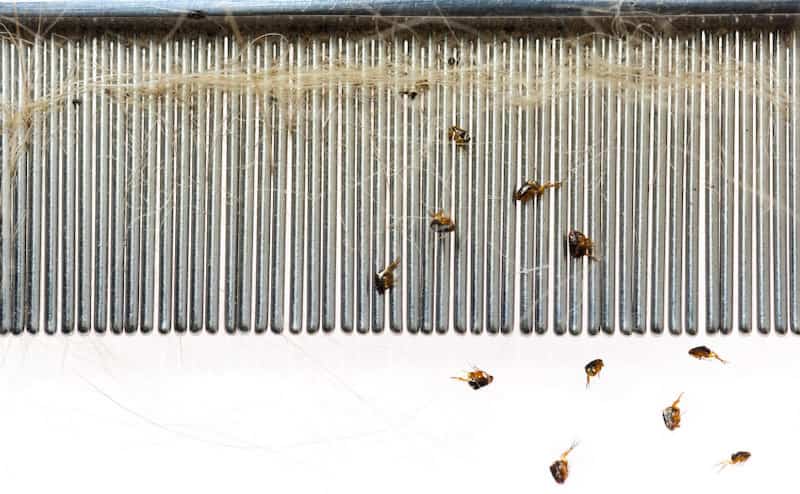
It is important to recognize that this method alone will not eliminate fleas from your home. You will still need to treat the source of the infestation, but a bath will help your kitten in the short term.
How To Get Rid Of Fleas On Kittens Under 12 Weeks
With older kittens, flea baths are also an effective way to remove fleas. The main difference is that at this age there are gentle flea shampoos available which can be used during the bath. Make sure you check the labels or ask for advice before purchasing a flea shampoo. It is very important that you do not use the wrong kind.
Just like with young kittens, go over her fur with a flea comb after using the flea shampoo.
There are some oral medications available for kittens between 8 and 12 weeks old. These medications work by killing any fleas which bite your kitten. Call or visit your vets’ office to see what they recommend.
Treat Your Home To Eliminate Fleas
Removing fleas from your kitten isn’t enough to get rid of these hardy parasites. It is a little-known fact that fleas spend most of their life cycle within the home and not upon a host. This means that there will be flea eggs, larvae and pupae present in your home, just waiting to mature and leap back aboard your kitten.
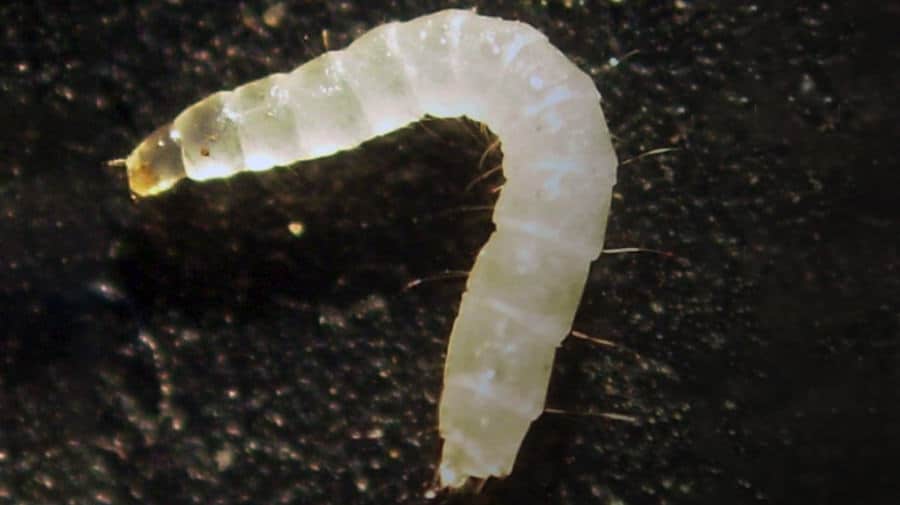
The most common place for flea eggs, larvae, and pupae to hide is deep within the fibers of your carpet, or the cracks in wooden flooring. One of the most effective ways to tackle this problem is by intensively vacuuming the entire area, paying special attention to places where the floor joins walls and doors.
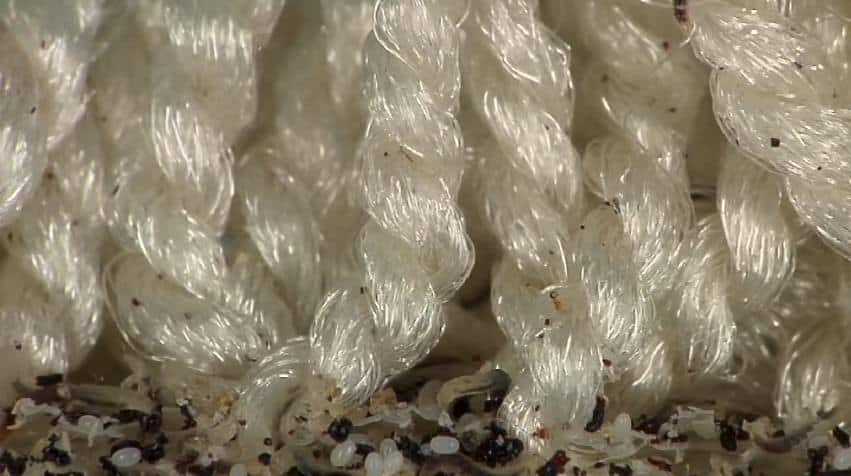
A good method is to combine diatomaceous earth with thorough vacuuming. Make sure to buy the food grade kind of diatomaceous earth, as the other type has been chemically treated, usually for use in pool cleaning. Sprinkle diatomaceous earth across your carpets and leave in situ for a couple of days. Then vacuum the area very well, going over each area numerous times. The diatomaceous earth dries out the fleas and suffocates them.
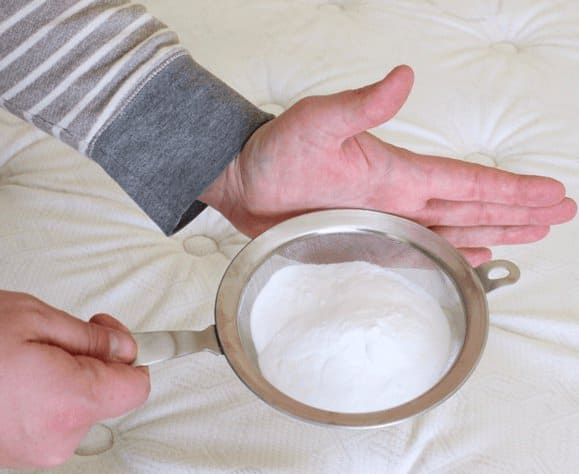
You must treat other fabrics, bedding, cushion covers and any soft kitten toys too in order to completely eradicate fleas. Gather together all the above and wash in a very hot cycle to kill any fleas or flea eggs that are hiding within. Also, vacuum the undersides of furniture which cannot be washed.
When you have finished vacuuming, make sure you empty the vacuum outside, away from where any of your pets may frequently roam. This defends against any fleas making their escape back into your home! They will struggle to live for long without a host.
If you really want to obliterate fleas fast, steam cleaners are a great choice. Fleas, eggs, larvae, and pupae cannot survive any temperature above 95 degrees, so a steam cleaner will certainly destroy them.
Risks & Precautions
The most important thing to be aware of is the danger which fleas and flea treatments pose to kittens.
Fleas survive by feeding off the blood of their host. They need to do this numerous times a day to be able to breed. Because kittens are so small, they do not have a great quantity of blood. If a very small kitten has a bad flea infestation, the amount of blood loss caused by feeding fleas can cause the kitten to become very unwell, or even die.
If you notice that your kitten has pale gums, this is a sign of anemia. Contact your vet right away.
It is not just the threat of anemia which fleas can bring, they also can transmit diseases and other parasites which pose a danger to your kittens’ health. Notably, fleas can carry tapeworms, a form of intestinal parasite which feeds upon the food in the gut of the host.
Tapeworms can cause malnutrition and weight loss – something which a young kitten cannot withstand as well as an adult cat. It is important to talk to your vet about worming treatments if your kitten has been exposed to fleas.
Furthermore, the way in which you treat fleas can pose a risk to your kitten. You must never use commercial flea treatments for adult cats or dogs, as well as natural treatments, without consulting your vet.
These treatments can contain harsh chemicals that are toxic to kittens and in some cases deadly. If you are giving your kitten a flea bath, be sure that they do not get chilled, scalded or inhale any water during the process. You will also want to choose kitten-specific flea collars should you wish to go down that route.
Finally, there are various home remedies for getting rid of fleas from cats, which will generally be more gentle on your kitten compared to ones that involve chemicals.
Summary
Fleas are a nasty and dangerous parasite which can be difficult to combat. Young kittens are sadly not immune from their bloodsucking ways, but as we have seen, there are many things that can be done to get rid of fleas on kittens.
The most important thing to take away from this article is that kittens are very delicate creatures which require special care, different to that of an adult cat. Your little one relies upon you to do your best to keep them healthy and flea free. Armed with the above information, you are now ready to get rid of those pesky fleas for good!

